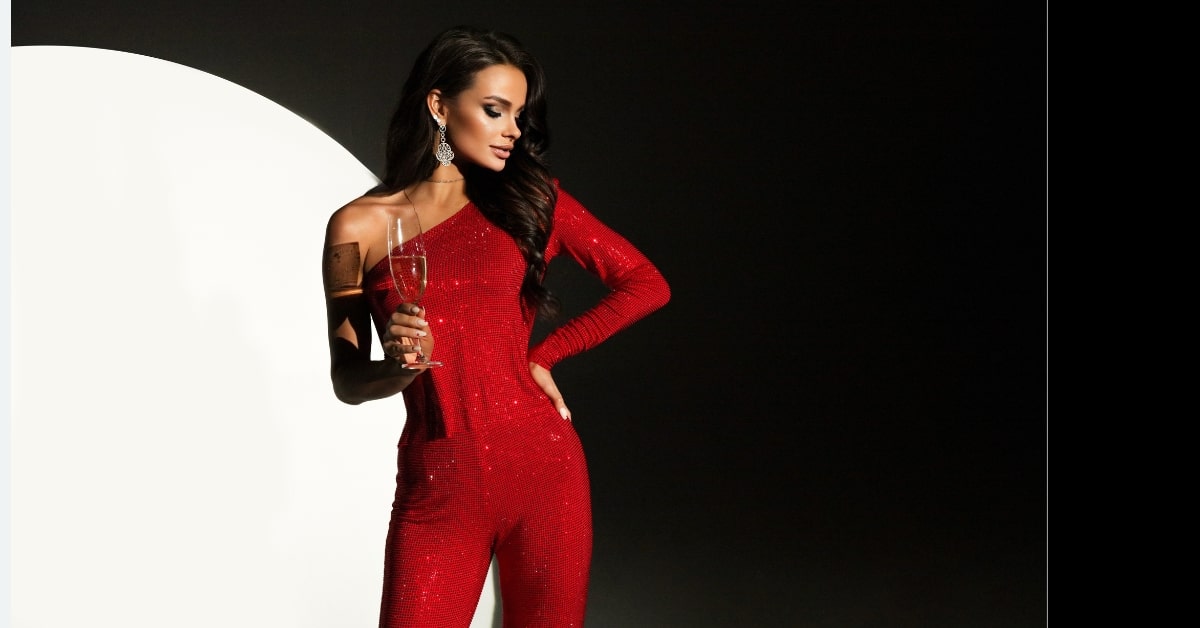Editorial photography is a powerful form of visual storytelling that combines artistic expression with journalistic integrity. From magazine spreads and news articles to online publications and advertising campaigns, editorial photographers play a crucial role in shaping narratives and capturing the essence of a story through compelling imagery. In this guide, we’ll explore the world of editorial photography, its significance in media and marketing, key techniques for success, and essential tips for aspiring editorial photographers.
Understanding Editorial Photography
Editorial photography encompasses a wide range of genres, including fashion, lifestyle, portraiture, documentary, and news photography. Unlike commercial photography, which focuses on selling products or services, editorial photography aims to inform, educate, and inspire audiences through visual storytelling. Editorial photographers collaborate closely with writers, editors, and art directors to create cohesive narratives that resonate with readers and viewers.
Why Editorial Photography Matters?
In an era dominated by visual content, editorial photography serves as a powerful medium for conveying ideas, opinions, and stories. Whether it’s documenting social issues, showcasing fashion trends, or highlighting cultural events, editorial photography can inform, evoke emotion, and spark conversation. It provides a window into the world, offering insight, perspective, and understanding to audiences around the globe.
Key Techniques in Editorial Photography
- Storytelling: Editorial photography begins with a compelling story or concept. Photographers must carefully consider the message they want to convey and how best to capture it visually. Whether it’s through candid moments, dramatic compositions, or evocative portraits, every image should contribute to the overarching narrative.
- Composition: Strong composition is essential for creating visually engaging editorial images. Photographers must consider elements such as framing, perspective, leading lines, and balance to draw the viewer’s eye and convey meaning effectively.
- Lighting: Lighting plays a crucial role in setting the mood and atmosphere of editorial photographs. Whether it’s natural light, studio lighting, or a combination of both, photographers must understand how to manipulate light to achieve the desired look and feel. Soft, diffused lighting is often preferred for its flattering effect on subjects and ability to convey emotion.
- Subject Interaction: Editorial photographers often work with human subjects, whether it’s models, actors, or everyday people. Building rapport and trust with subjects is essential for capturing authentic moments and expressions.
Editorial Photography Process: Step by Step
- Research and Concept Development: Begin by researching the topic or story you’ll be photographing. Develop a clear concept or narrative that guides your creative vision and informs your approach to shooting.
- Preparation and Planning: Plan your shoot carefully, considering factors such as location, timing, and equipment needs. Create shot lists or storyboards to ensure you capture all the essential elements of your narrative.
- Execution: On the day of the shoot, focus on bringing your concept to life through your photography. Work collaboratively with your team, including models, stylists, and assistants, to achieve your vision.
- Post-Production: After the shoot, review and select the best images for editing. Use editing software to enhance color, contrast, and composition as needed, ensuring your images align with your creative vision.
- Publication and Distribution: Once your images are ready, submit them to the appropriate publications or platforms for consideration. Work closely with editors and art directors to ensure your images are presented in the best possible context.
Benefits of Professional Editorial Photography
- Authenticity: Editorial photography provides an authentic and unfiltered view of the world, offering insight and perspective that resonates with audiences.
- Impact: Well-executed editorial photography has the power to inform, inspire, and provoke thought, driving meaningful conversations and social change.
- Creativity: Editorial photography allows photographers to express their creativity and artistic vision, pushing boundaries and challenging conventions in pursuit of compelling storytelling.
FAQs
What is the difference between editorial photography and commercial photography?
Editorial photography focuses on storytelling and conveying ideas or narratives, often for editorial or journalistic purposes.
How can I break into the field of editorial photography?
Breaking into editorial photography requires a combination of technical skill, creativity, and persistence. Start by building a strong portfolio that showcases your unique style and vision.
What are some common challenges faced by editorial photographers?
Common challenges include tight deadlines, unpredictable weather or lighting conditions, and working with challenging subjects or environments.
Is it necessary to have formal training or education in photography to become an editorial photographer?
While formal training or education can provide valuable technical skills and knowledge, many successful editorial photographers are self-taught or have learned through hands-on experience.
This page was last edited on 28 February 2024, at 4:13 pm
